ARMO named in Gartner® Cool Vendors™ report
We are excited and honored to announce that we were selected as Gartner Cool Vendor...
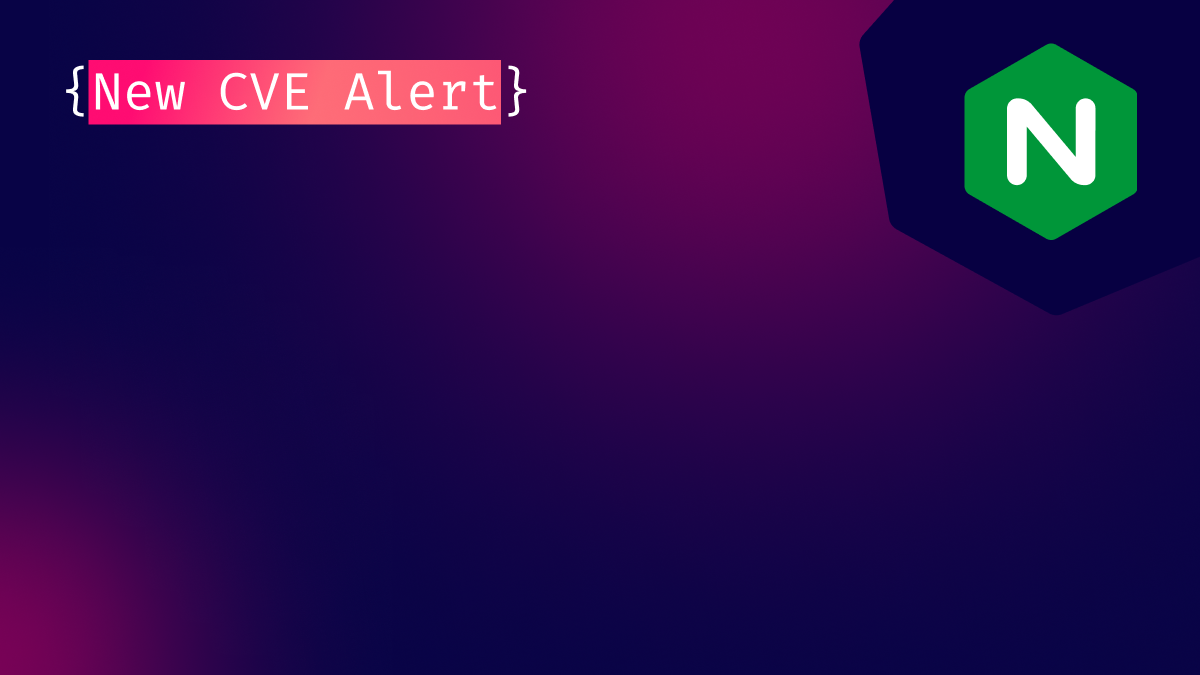
Nov 10, 2023
CVE-2023-5043, CVE-2023-5044 and CVE-2022-4886 can be exploited by attacker to steal secret credentials from the cluster. Read all about it 👇
Three security issues were reported on October 27th by the Kubernetes security community, all of them related to the popular NGINX ingress component.
https://github.com/kubernetes/ingress-nginx/issues/10571
https://github.com/kubernetes/ingress-nginx/issues/10572
https://github.com/kubernetes/ingress-nginx/issues/10570
Ingress in Kubernetes is an API object that provides HTTP and HTTPS routing to services based on a set of rules, including hostnames or URL paths. NGINX Ingress Controller is a solution that manages this routing mechanism using the widely known NGINX reverse proxy server.
There are more than one implementation of the ingress controller concept, all of them based on well-known proxy projects like NGINX, Traefik, and HAProxy. NGINX was the first implementation of ingress and is still the most popular one. That means that any NGINX vulnerabilities have a wide impact.
These vulnerabilities enable an attacker who can control the configuration of the Ingress object to steal secret credentials from the cluster. In default configuration, these secrets include credentials for the Kubernetes API server with very high privileges.
The attacker can either use annotation field “configuration-snippet” (2023-5043) or “permanent-redirect” (2023-5044) to inject arbitrary code into the ingress controller process and get access to everything this process has access to. Among them the service account token of the ingress controller, which has a ClusterRole which enables reading on all Kubernetes secrets of the cluster.
In theory, an outside actor cannot change these configurations. However there are multiple scenarios to consider:
We have discussed previously on ARMO Blogs that there are use cases where Pod definition rights can lead to privilege escalation via host mounts, these vulnerabilities are even more serious since Ingress object definition rights are not considered as elevated privileges while Pod definition is.
To mitigate the problem, two actions need to be taken:
There is no “fixed version” for these vulnerabilities if updating to version 1.9.0 and adding the command line “–enable-annotation-validation” mitigates the problem.
This vulnerability, just as the previous two, enables an attacker who can control the Ingress object to steal Kubernetes API credentials from the ingress controller and thus, if the ingress controller has access to all secrets in the cluster then the attacker can also.
The vulnerability is in the way the “path” field is used in the Ingress routing definitions. In the Ingress object, the operator can define which incoming HTTP path is routed to which inner path. The vulnerable application does not properly check the validity of the inner path, and it can point to the internal file, which contains the service account token, which is the client credential for authentication against the API server.
The same attack scenarios as mentioned above are applicable here.
The mitigation is different depending on the way the operator uses the Ingress rules.
In case the rule has “pathType” “Exact” or “Prefix”, the “strict-validate-path-type” option should be enabled from nginx-ingress-controller version 1.8.0. In case that “pathType” “ImplementationSpecific” is used, then the mitigation involves admission controller policy like in this example to filter out the malicious path: https://kubernetes.github.io/ingress-nginx/examples/openpolicyagent/
Although they point in different directions, all these vulnerabilities point to the same underlying problem. The fact that ingress controllers have access to TLS secrets and Kubernetes API by design makes them workloads with high privilege scope. In addition, since they are often public internet facing components, they are very vulnerable to external traffic entering the cluster through them.
ARMO’s Attack Path feature is here to pinpoint these vulnerable components in your environments that require actions. (Read more on our Kubernetes security platform).
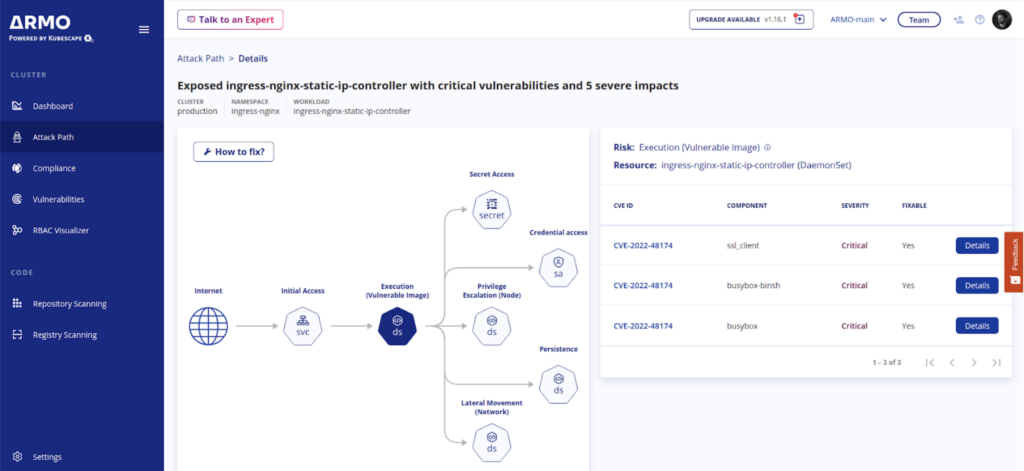

The only runtime-driven, open-source first, cloud security platform:
Continuously minimizes cloud attack surface
Secures your registries, clusters and images
Protects your on-prem and cloud workloads
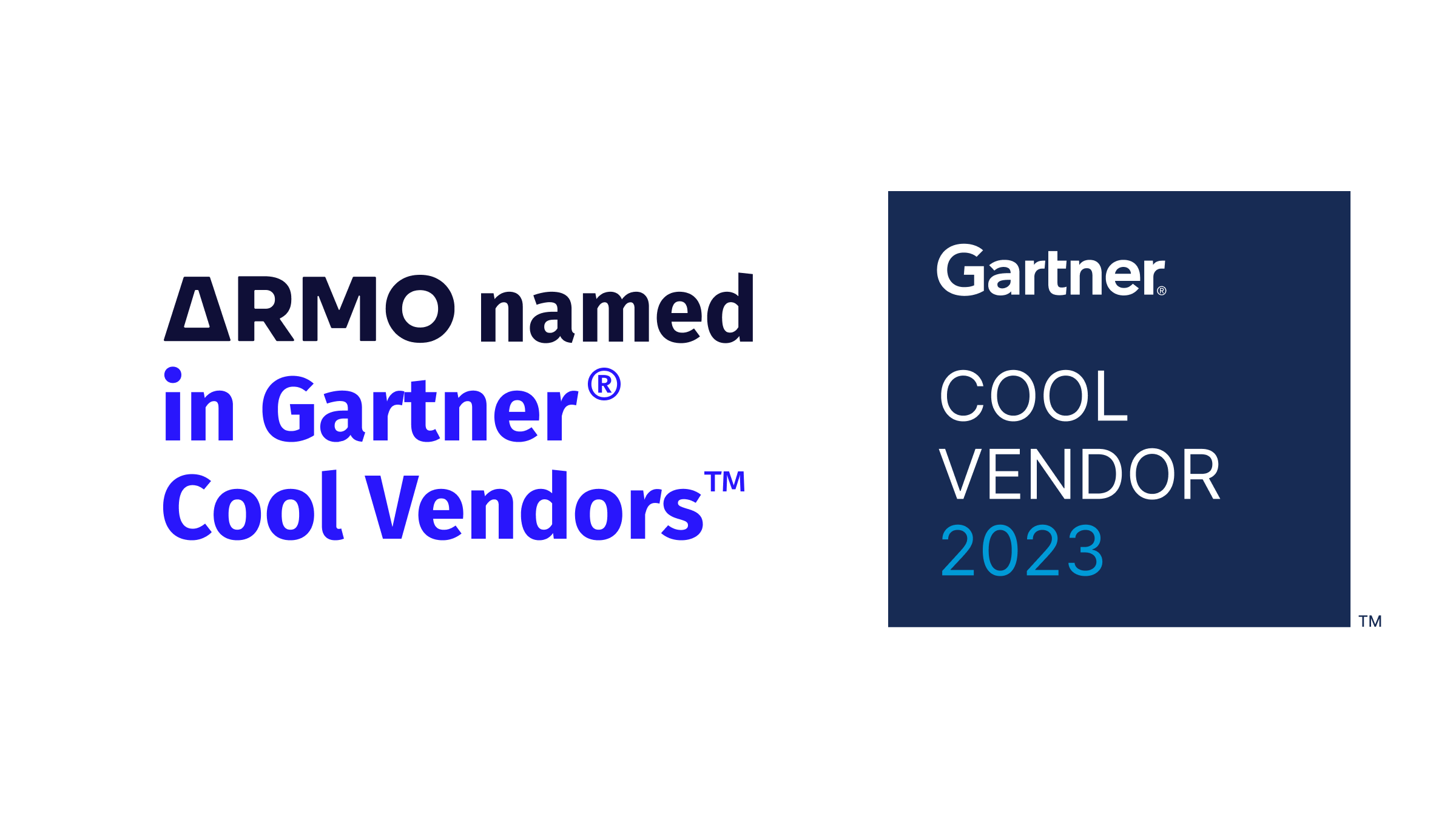
We are excited and honored to announce that we were selected as Gartner Cool Vendor...
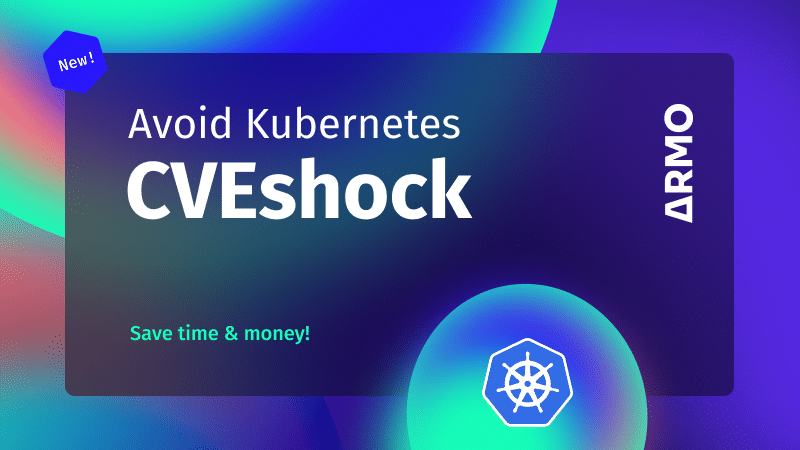
ARMO’s new feature revolutionizes Kubernetes vulnerability scanning based on eBPF technology to help Kubernetes and...
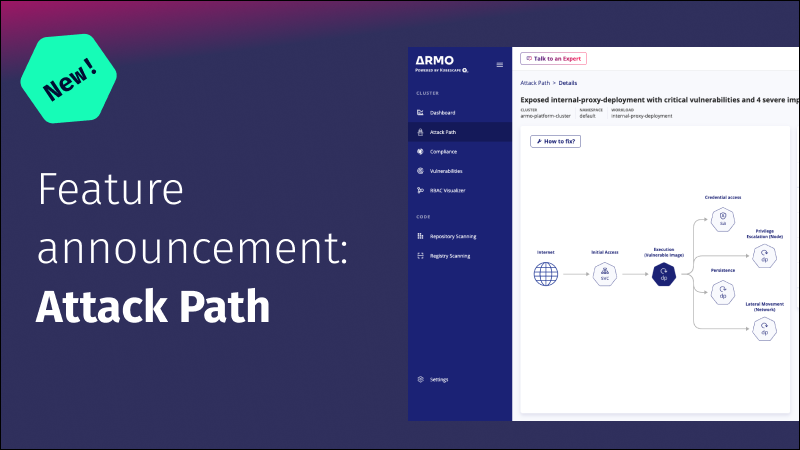
Discover the importance of mapping attack paths in Kubernetes and learn how to effectively enhance...